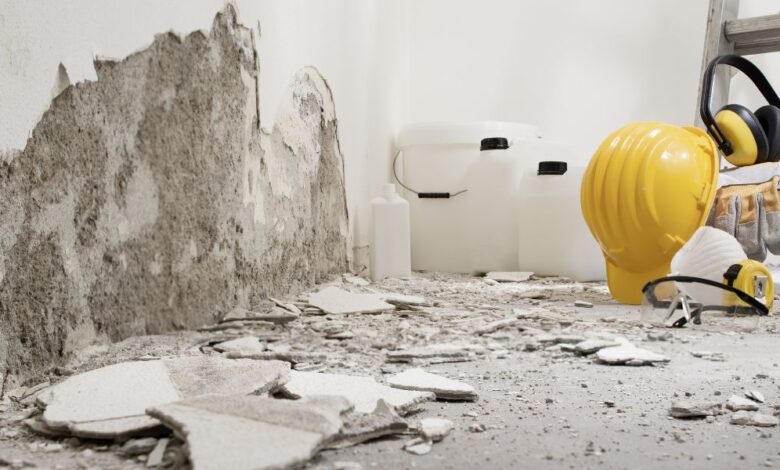4 Big Hazards of Fixing Up Older Buildings

If you have your eye on a vintage building as a new home, office, or both, you know it’ll be a big undertaking. However, you may not be aware of some of the dangers involved in converting an old structure. Beyond the potential for on-site injuries and even deaths, old buildings present inconspicuous hazards. Whether you’re doing the work yourself or hiring a renovation crew, you should know these four big hazards of fixing up older buildings and how you can deal with or avoid them.
Asbestos: Not the Best
Not so long ago, asbestos served multiple functions in the construction industry. Asbestos is a collective term for several types of silicate minerals composed of sodium, aluminum, iron, calcium, magnesium, and other elements. It has great fire resistance and insulation properties, so asbestos was common for constructing homes and buildings around the US.
Unfortunately, asbestos is a deadly hazard for demolition and construction workers. Asbestos dust can cause lung cancer and other health issues. Many old buildings need to be tested for asbestos and require abatement or remediation procedures to be deemed safe.
Lead Leads
Lead is another common hazard in old buildings. It exists in many paint products manufactured before 1978. Additionally, lead pipes were common in old buildings. The substance can taint the water that residents drink, cook with, and bathe in. It was also used to join things together on roofs. Lead can cause brain damage, heart disease, anemia, reproductive issues, and more health problems. Like asbestos, lead requires special removal that can be as hazardous for untrained people.
Old Mold
Mold can affect new and old buildings, but old buildings often suffer from decades of mold growth due to leaky pipes, cracks in the walls and roof, drains, and damp carpeting. When you begin demolishing floors, walls, roofs, and ceilings, you can release thousands of spores into the air that harm the respiratory system. Mold exposure can cause minor issues like a runny nose and an irritated throat but also more serious problems like allergic reactions and shortness of breath.
Electrical Emergency
Another big hazard of fixing up old buildings is electrifying! Old buildings usually have old electrical wiring. If left alone, it should keep the current flowing. When disturbed, the cloth wrapping around old wires can fray and elevate the potential for electrical fires. Adding new appliances and other electrical devices can tax old electrical systems, further increasing the risk of electrical fires. It’s best to replace old wiring when fixing up an old building. Also, upgrade the once-reliable fuse boxes to safer circuit breakers.





